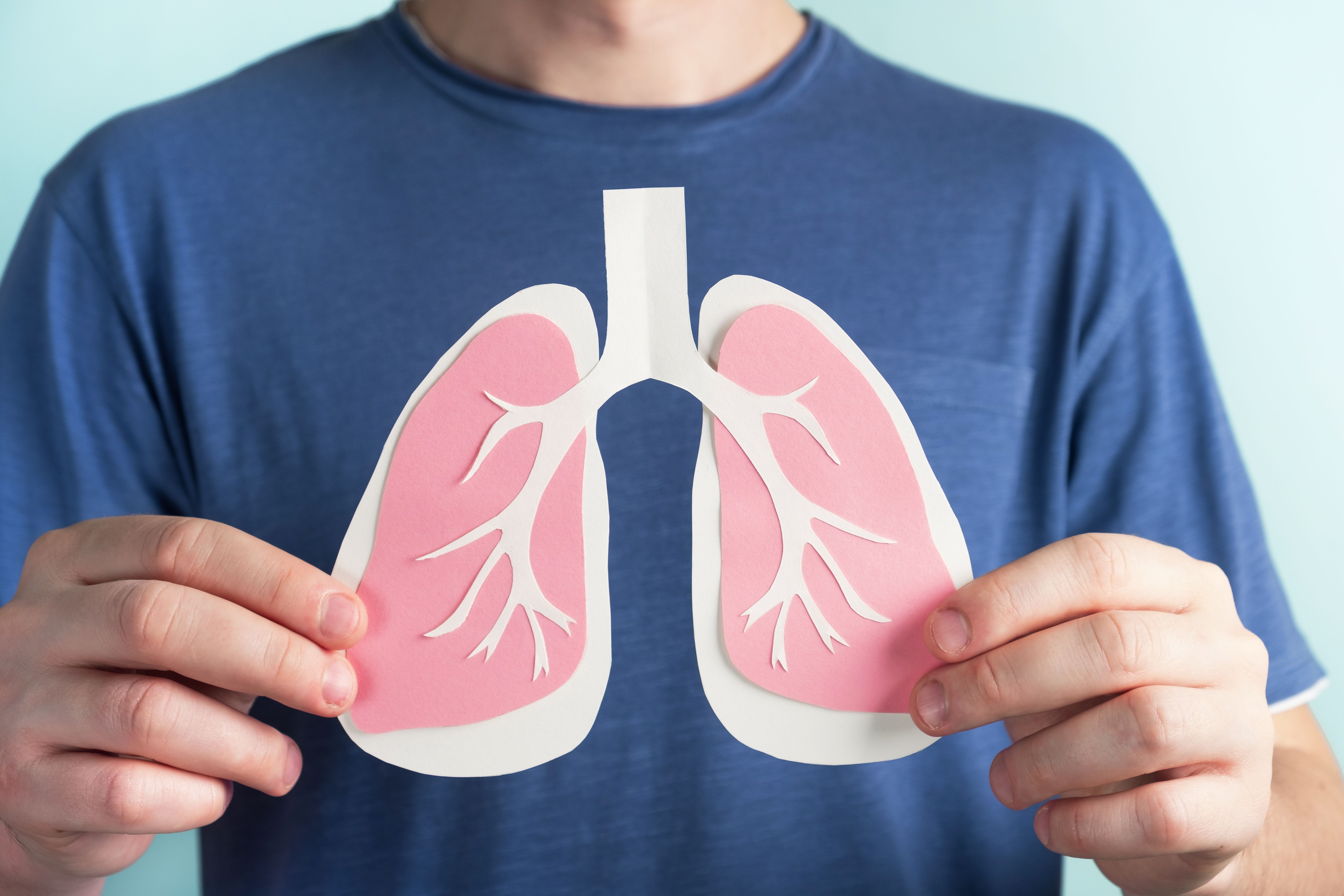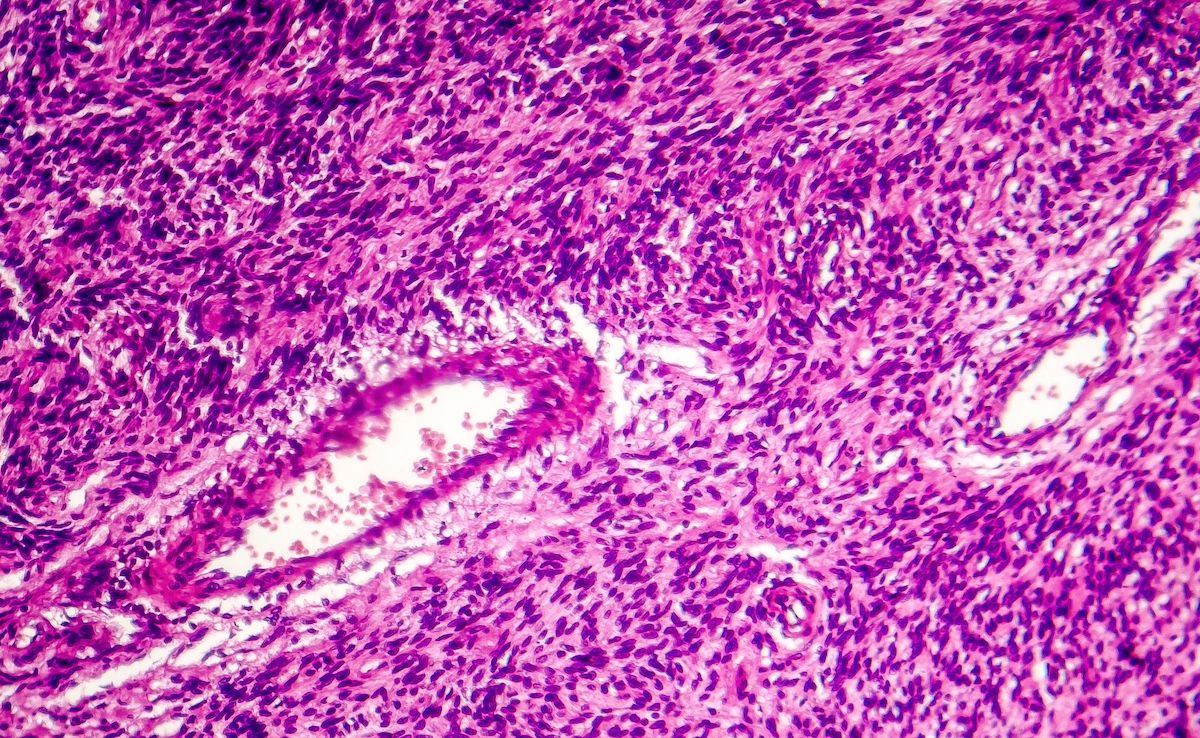News
Article
The Impact of COVID-19 on Asthma Diagnosis, Health Care Utilization
Author(s):
Posters presented at the American Thoracic Society (ATS) 2024 International Conference examined factors of the pandemic that may have influenced the clinical presentation and diagnosis of respiratory symptoms, as well as health care resource utilization for serious asthma outcomes.
Two posters presented at the American Thoracic Society (ATS) 2024 International Conference found that asthma can be diagnosed after COVID-19 like other respiratory viral infections, and that the pandemic exerted a substantial influence on health care utilization for serious asthma outcomes.

The first poster was based on a retrospective study that analyzed medical records of patients with respiratory symptoms between January 2022 and March 2023, to compare the clinical features and final diagnoses of these patients.1
The study categorized patients as those with recent COVID-19 and those without, assessing clinical features, final diagnoses, and pulmonary function tests. A total of 3,168 patients were included in the study, in which 842 (26.58%) had recent COVID-19 and 2,326 (73.42%) did not.
Patients in the COVID-19 group were more often female (61.6%) and had a significantly lower mean (SD) age (53.45 [17.12] years vs 60 [16.95] years; P < .001) than patients in the non–COVID-19 group. Additionally, 632 (19.95%) patients were clinically diagnosed with asthma, with 150 (17.8%) in the COVID-19 group and 482 (20.7%) in the non-COVID-19 group, showing no statistical significance (P = .07).
Furthermore, the researchers found no significant difference in forced expiratory volume per 1 second (FEV1) based on COVID-19 status among patients with asthma, while subacute cough was significantly more prevalent in the COVID-19 group (45.7% vs 1.7%; P < .001).
Therefore, the researchers believe that asthma can be diagnosed after COVID-19 in a similar manner to other respiratory viral infections, and that the incidence of asthma diagnosis post-COVID-19 did not significantly differ from patients without a history of COVID-19 infection.
The second poster aimed to examine the impact of the COVID-19 pandemic on health care utilization for pediatric patients with asthma.2
The study included electronic health record (EHR) data encompassing more than 13,000 patients, more than 32,000 records, more than 8700 emergency visits, and more than 4000 hospitalizations for asthma. From this data, the researchers identified 2347 individuals with an index visit—1165 pre-pandemic, 289 during the pandemic, and 893 post-pandemic. The mean age of patients was 6.4 (4.4) years, and 40.4% were female. Additionally, 50.8% of patients were White, 41.5% were Black, and 7.7% identified as other race(s).
Times to the next emergency visit were much shorter during the pandemic (253 days) and post-pandemic (101 days) compared with the pre-pandemic (276.5 days), as well as median times to next hospitalization, with 338.5 days during the pandemic, 120 days post-pandemic, and 437 days pre-pandemic, respectively.
Additionally, Black patients had faster median emergency visit returns than White patients both before and during the pandemic but had longer median times post-pandemic. The researchers noted that the effect of the pandemic on emergency visits and hospitalizations tended to be different among groups. Furthermore, the time-to-emergency visit was more pronounced in White patients compared with Black patients (P < .0001).
Therefore, the researchers believe the findings suggest the COVID-19 pandemic had substantial influence on health care utilization for severe asthma outcomes in children, and that these effects have been endured for an extended period.
References
1. Hur G, Chang S, Sim J, et al. Clinical presentation and diagnosis of respiratory symptoms during the COVID-19 pandemic. Abstract presented at: American Thoracic Society International Conference; May 17-22, 2024; San Diego, CA. Accessed May 28, 2024. https://www.abstractsonline.com/pp8/#!/11007/presentation/9405
2. Forno E, Bo N, Liu J, et al. EHR-based survival analysis to examine the impact of the COVID-19 pandemic on severe asthma outcomes in pediatrics. Abstract presented at: American Thoracic Society International Conference; May 17-22, 2024; San Diego, CA. Accessed May 28, 2024. https://www.abstractsonline.com/pp8/#!/11007/presentation/4513





